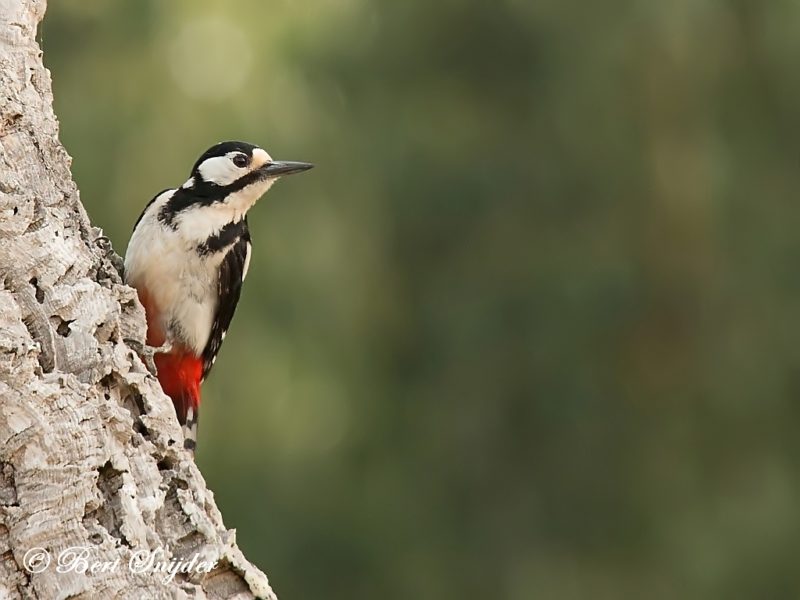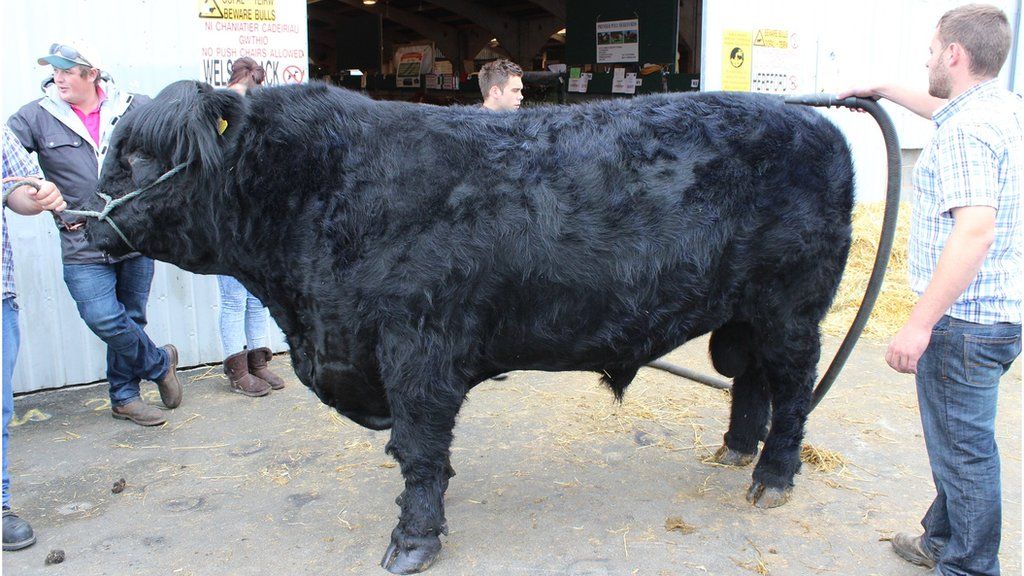
"We believe the All-American Plaza is going to be a special place, and the Class of 2003 is going to be very proud of it for many years to come," said Senior Class President Trent Yates of Eupora. Seniors graduating May 10 may leave the University of Mississippi, but their class project will continue to beautify the campus. It is said, the mining engineer consequently left the cutting well alone.OXFORD, Miss. However, it would seem that despite some lead being found, the lode was actually quite poor, and many lost their fortunes.

On telling his family, friends, and anyone else that would buy him a drink, many invested great sums of money in exploiting the mine, believing that beneath it lay untold mineral riches. The man considered this a good omen, a promise of rich ore beneath the ground. The fairy left, wandering off into the night. The man’s brother ducked in beside churchyard wall, and was not seen by, what was clearly a coblynau, or knocker.

He was dressed just as a human miner and held a greasy, spluttering candle before him against the gloom. Almost immediately a tiny figure emerged from the ground, climbing the ladder and jumping off onto the ground beside him. The ladder continued to rise from the ground for a moment before coming to a halt. He saw then a ladder appear from the ground some little distance further on, exactly in fact where the mining engineer had seen the cutting.

It had not been mapped or marked in any way, and upon asking after it in the village he found a man that claimed his brother had made the original cutting.Īpparently, the man’s brother had been coming home one evening and passed through the churchyard of Llanferres Church, leaving the church by the gate. A mining engineer was exploring for lead-bearing seams in the Llanferres area, when he came across a cutting near the church. In fact, in all the myth of noises heard and tools discovered, there is only one story, as far as can be told, of a coblynau being seen. Rather the opposite, in fact, since most saw them as helpful, even admitting to a camaraderie with them, since they both shared the same profession.ĭespite the surety that the knockers existed, they were rarely seen. Despite the sense that one would be terrified of meeting such diminutive creatures, it is rare to find letters or diary writings of miners that would suggest the coblynau were to be feared. The fruits of the earth sometimes took their names from the coblynau, such as ‘fairy butter’, which today we would know as petroleum spirit. Miners claimed to sometimes find tiny tools used by the coblynau, picks and shovels. On finding the lode, the knocking would seize. It was commonly believed by Welsh miners that the coblynau inhabited new mines, and that they would on occasion lead men to the precious ore by knocking in its direction. Some seem to cut the ore, or fling what is cut into vessels, or turn the windlass, but never do any harm to the miners, except provoked as the sensible Agricola, in this point credulous, relates in his book, de Animantibus Subterraneis.’ The Germans believed in two species one fierce and malevolent, the other a gentle race, appearing like little old men, dressed like the miners, and not much above two feet high these wander about the drifts and chambers of the works, seem perpetually employed, yet do nothing. I could not help enquiring here after the imaginary inhabitant, the creation of the labourer’s fancy: The swart Fairy of the mine and was seriously answered by a black fellow at my elbow that he really had never met with any, but that his grandfather had found the little implements and tools belonging to this diminutive race of subterraneous spirits.

‘The immense caverns that lay between the pillars exhibited a most gloomy appearance. Thomas Pennant, in his ‘Tour in Scotland’ (1772), and quoted by Elias Owen, wrote of his visit to the mines of Newcastle, The dwergs, or dwarves were Germanic in origin, brought over to Britain by the Saxon peoples. Most races, including those that migrated to the British Isles had their own myths of underground peoples. The Coblynanu or Knockers were believed to be a species of Tylwyth Teg that inhabited caves and mines, and may well have originated from a mingling of a curiosity of ancient works, natural superstition and perhaps even an understanding that many of the limestone caves that pock mark the landscape contained the remains of ancient people, their tools and prey. North East Wales is particularly rich in minerals and ores, dug from the ground for thousands of years, whether it be flint, lead, gold, zinc and coal. The British Isles has always been exploited for its resources, both above and below ground.


 0 kommentar(er)
0 kommentar(er)
